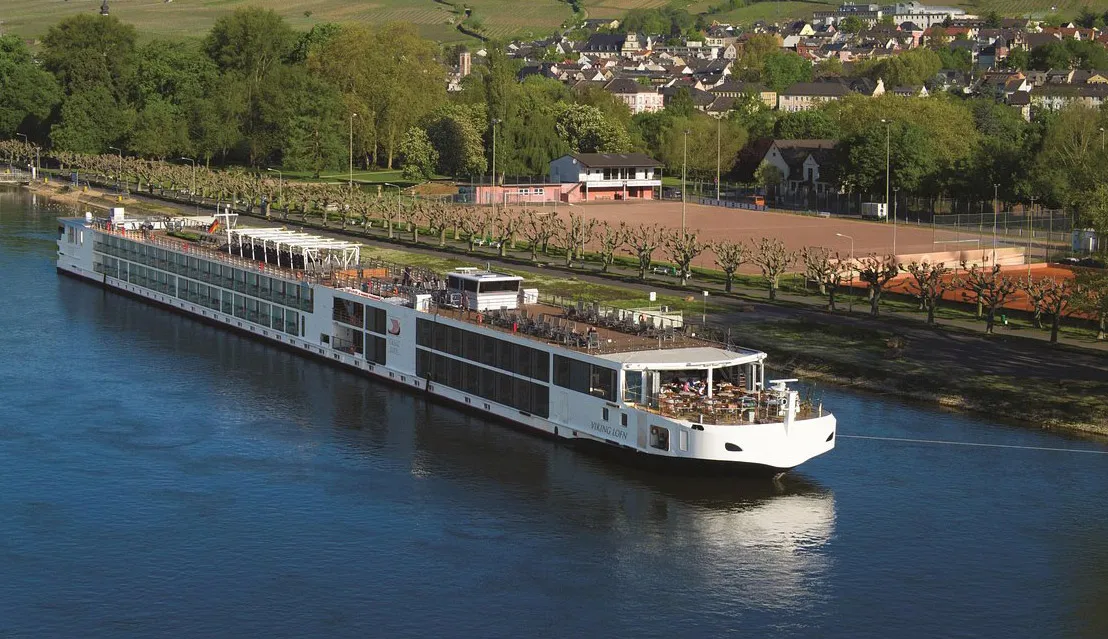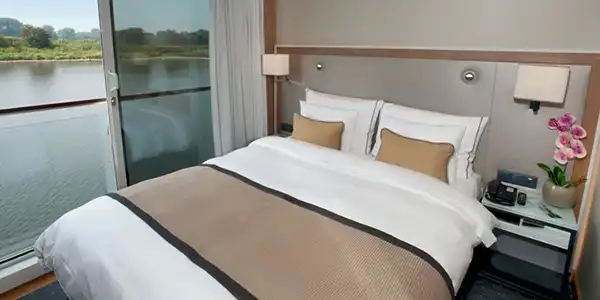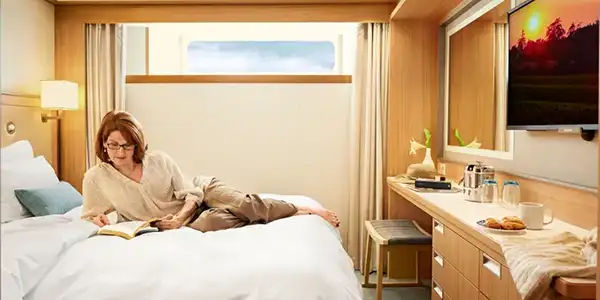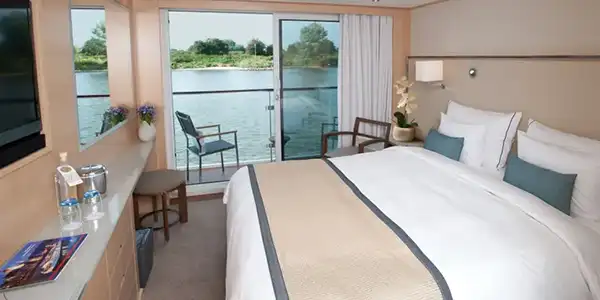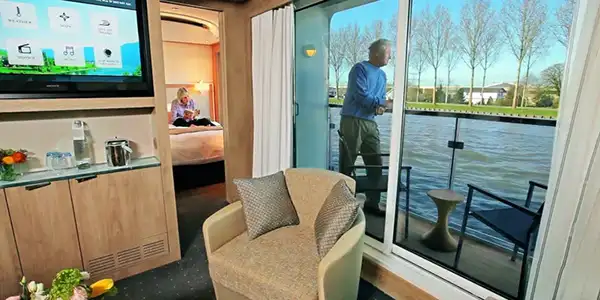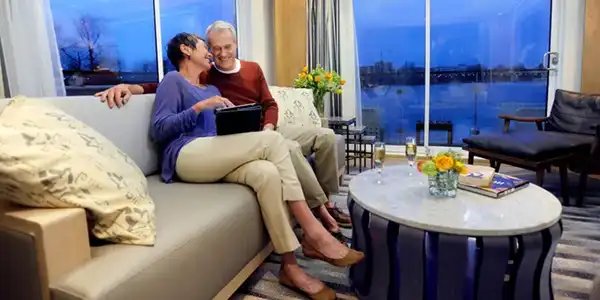Viking Garonne: 7 nights from Bordeaux with Viking Longship Forseti
02-Nov-2025
France
from ₹3,31,138
Price per person
Change date
Cruise itinerary
Departure Port: Bordeaux ➞
Landing: Bordeaux
-
Sunday, 2 November, 2025 - not foundBordeaux
-
Monday, 3 November, 2025 not found - not foundBordeaux
-
Tuesday, 4 November, 2025 not found - not foundLibourne
-
Wednesday, 5 November, 2025 not found - not foundLibourne
-
Thursday, 6 November, 2025 not found - not foundPauillac
-
Friday, 7 November, 2025 not found - not foundBordeaux
-
Saturday, 8 November, 2025 not found - not foundBordeaux
-
Sunday, 9 November, 2025 not foundBordeaux
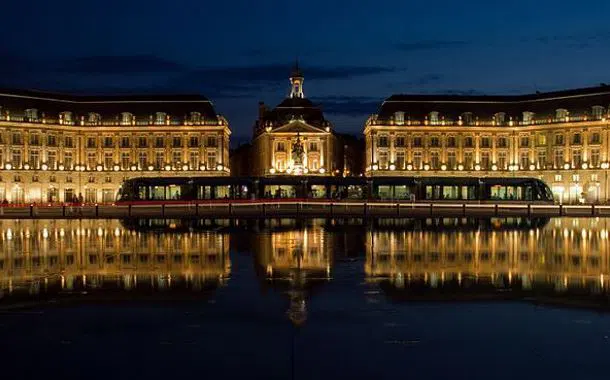
Bordeaux

Bordeaux
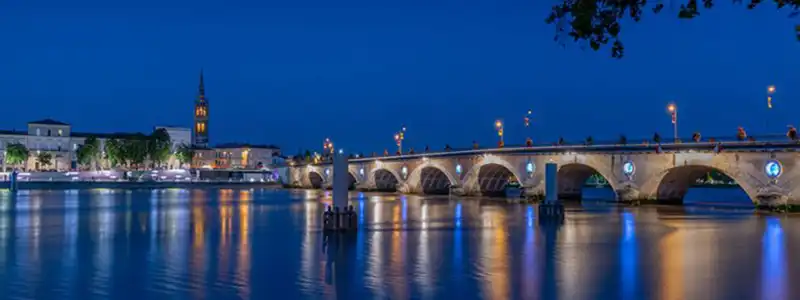
Libourne

Libourne
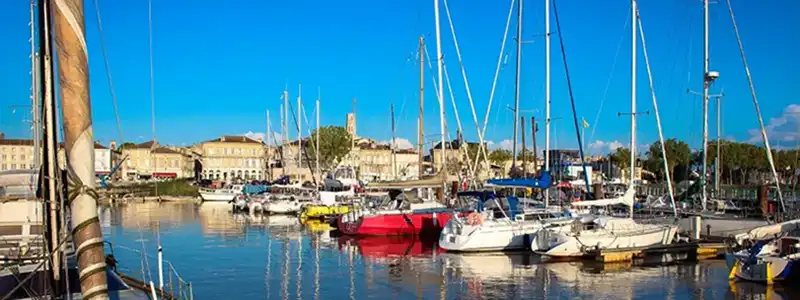
Pauillac

Bordeaux

Bordeaux

